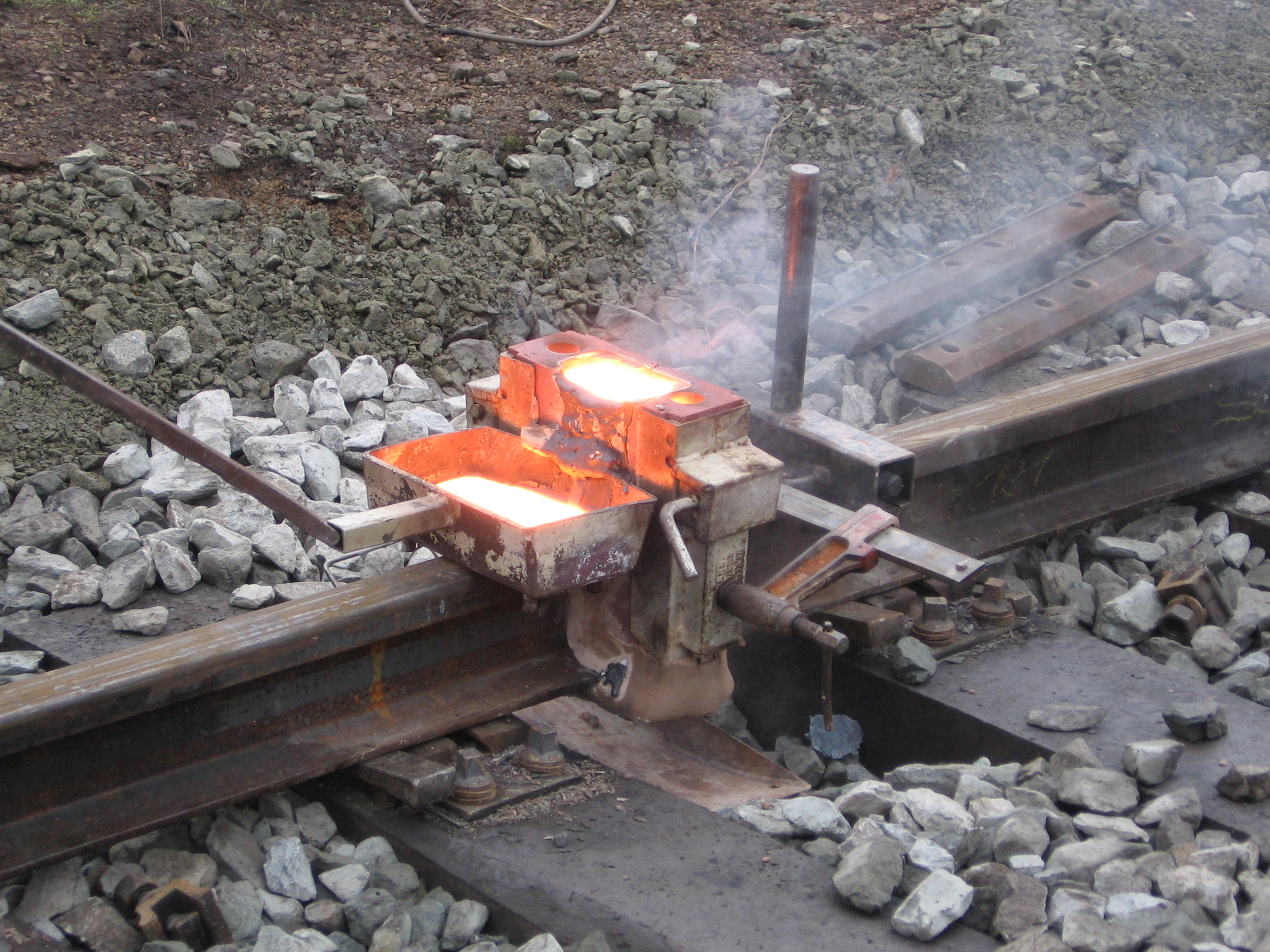A new window in time has been made possible through the work of Anne L’Hullier, Pierre Agostini, and Ferenc Krausz. They developed a way to create attosecond-resolved pulses, allowing them to observe and manipulate high-speed processes at the atomic and molecular levels.
Explaining the Nobel Prize in Physics
Related Posts
Metal expands when heated. What does that mean for railroads?
Hans Goldschmidt discovered that metal oxides, such as rust, react with aluminum powder to produce pure liquid metal,…
February 16, 2025
The Mind-wrecking Question About Mirrors
Mirrors don’t actually flip things horizontally; instead, they reflect objects in the z-direction, giving the illusion of a…
November 24, 2024
What’s the carbon footprint of owning pet fish? An expert explains
One of the most popular species of fish found in tropical marine aquariums is the common clownfish (Amphiprion…
October 10, 2023
Some ‘Star Wars’ stories have already become reality
Tatooine’s moisture farming equipment stands in the desert of Tunisia, where parts of the ‘Star Wars’ movie series…
May 12, 2025











